
The writer
This article examines the concept of Carbon Credits within the Ghanaian business landscape and the laws that govern it. As the Environmental, Social, and Governance principles increasingly influence sustainable business and investment decisions, it has become essential for organizations globally to assess their sustainability and ethical impact.
And Carbon Credits play a critical role in that assessment. They fall under the Environmental (“E”) principle and are particularly relevant in Ghana, where our natural ecosystems present significant opportunities for reducing emissions.
What are carbon credits?
Carbon credits are licences that allow the owner to emit a certain amount of carbon dioxide (“CO?”) or other greenhouse gases (“GHGs”). One credit allows the emission of one ton of CO? or its equivalent in other GHGs. Carbon credits are also known as carbon allowances. The ultimate goal of the carbon credit system is to reduce the emission of GHGs into the atmosphere.
Why does Ghana sell its carbon credits?
As a Member of the United Nations, Ghana is allocated a specific number of carbon credits and is responsible for issuing, monitoring, and reporting its carbon credit status annually.
The Government of Ghana has therefore set limits on the amount of GHGs that companies operating in the country can emit without needing to purchase additional credits from another country.
However, if Ghana has excess carbon credits, we can sell the excess on a carbon exchange or marketplace. This system is commonly known as a cap-and-trade program.
How do carbon credits work?
Traditionally, carbon credits have been used for carbon offsetting, which means compensating for GHG emissions by either:
Avoiding emissions – preventing emissions from being released in the first place (e.g., replacing a coal power plant with solar energy), or
Enhancing removals – actively pulling CO? out of the atmosphere and storing it safely, such as in trees, soil, or with carbon capture technology.
In carbon markets, organizations can buy and retire carbon credits instead of reducing all their own emissions directly. Each credit represents one ton of CO? that was either avoided or removed elsewhere.
This approach is effective because, in terms of climate impact, it does not matter where in the world the emission is reduced or removed; the positive effect on the atmosphere is the same. Therefore, a company can either: reduce its own emissions directly, or pay for a project elsewhere to achieve the same effect.
Carbon credits are not always used to compensate for or to offset emissions. In recent years, some parties have begun using carbon credits to contribute to climate change mitigation without making any explicit compensation or offsetting claim.
What laws govern the sale and use of carbon credits in Ghana?
The Environmental Protection Agency Act 2025 (Act 1124)
The Environmental Protection Agency Act 2025 (Act 1124) regulates carbon credits in Ghana. It introduces specific regulations and guidelines for project approval, monitoring, and verification of carbon credits to ensure transparency and alignment with international standards.
These efforts support initiatives such as reforestation, sustainable land use, and clean cooking technologies that help reduce emissions while benefiting local communities.
Through the EPA and the passage of the new Environmental Protection Act, 2025, Act 1124 (“EPA Act”), which repealed the EPA 1994, Act 490, Ghana has established the Carbon Markets Office (“CMO”) within the Climate Change Unit of the EPA.
The CMO serves as the secretariat, providing administrative and technical services to the public and supporting the implementation of Ghana’s International Carbon Market and non-market approaches framework.
The CMO is responsible for implementing policies, rules, and guidance on carbon credit transactions, providing targeted support for:
Mitigation activity sourcing and matchmaking;
Activity development services;
Monitoring, reporting, and verification (MRV) systems;
Registry operations;
Creation and transfer of ITMOs; and
Reporting and corresponding adjustments
The EPA Act also establishes the Ghana Carbon Registry (“GCR”), an online database system designed for carbon market project activities within Ghana and internationally.
The GCR collects and tracks the transfer and use of ITMOs, facilitating the listing and registration of mitigation activities and voluntary carbon market projects.
This GCR, introduced in the new EPA Act, is managed by a secretariat under Article 6 of the Paris Agreement. It is operated by the Ministry of Environment, Science, Technology, and Innovation in collaboration with the EPA.
The GCR adheres to high-quality standards and protocols for quantifying and verifying greenhouse gas emissions reductions, issuing carbon credits, and tracking these credits transparently. This infrastructure supports Ghana’s participation in various carbon market mechanisms.
The Paris Agreement – An international treaty on climate change.
The Paris Agreement is an international treaty focused on combating climate change. It was adopted by 195 parties at the UN Climate Change Conference (COP21) in Paris, France, on December 12, 2015, and officially came into force on November 4, 2016.
The treaty is legally binding and aims to limit the increase in global average temperature to well below 2°C above pre-industrial levels, with efforts to restrict the temperature rise to 1.5°C.
Under Article 6 of the Paris Agreement, Ghana and Switzerland signed a bilateral agreement in 2020 that facilitates the international transfer of carbon credits between member states.
This agreement allows Ghana to sell units of carbon credits, known as Internationally Transferred Mitigation Outcomes (ITMOs), to Switzerland.
In exchange, Switzerland provides investments, supports capacity building, and grants access to technologies that are not readily available through domestic resources. Switzerland purchases these units to help meet its own climate goals.
This bilateral agreement marks the first instance of ITMOs being issued for Nationally Determined Contribution (“NDC”) purposes for a mitigation activity implemented in Africa.
Some key initiatives under this agreement include:
The Ghana Climate-Smart Rice Project: This project aims to reduce methane emissions from rice farming and enhance water use efficiency.
The Transformative Cookstove Activity in Rural Ghana: This initiative seeks to replace traditional, inefficient stoves with improved cookstoves (“ICS”) to reduce greenhouse gas emissions and improve household air quality.
Integrated waste recycling and composting for methane reduction in Ghana: This strategy is processing this waste into compost, the initiative not only cuts greenhouse gas emissions but also produces valuable fertilizer for agriculture.
It is important to note that Ghana stands out as one of the few African countries proactively structuring its carbon market ecosystem.
Through legislative, policy, and institutional reforms, Ghana aims to become a hub for credible and high-integrity carbon credit generation, especially through nature-based and community-driven projects.
Why do companies buy carbon credits?
Companies purchase carbon credits to legally emit more GHGs. They also acquire carbon offsets, which help them to achieve a “net-zero carbon emission” status, which means that the amount of carbon a company or country adds to the air is the same as the amount it takes out. In other words, the goal is not to increase the total carbon in the atmosphere.
As public and institutional pressure grows, many companies are making these net-zero commitments in response to the urgency of the climate crisis. These pledges are designed to reduce or offset the amount of carbon emitted through their operations.
While some companies can alter their business practices to reduce emissions, the complete elimination of emissions is not feasible for many firms.
By Eric Ofori Kwaah (Junior Associate, VINT & Aletheia Attorneys & Consultants)
Read Full Story


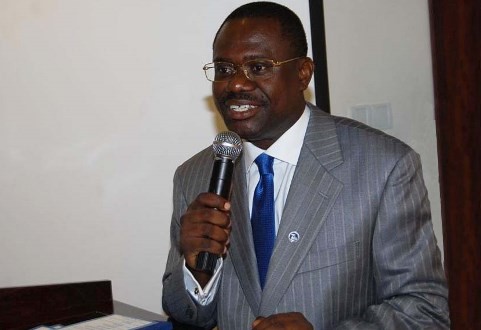



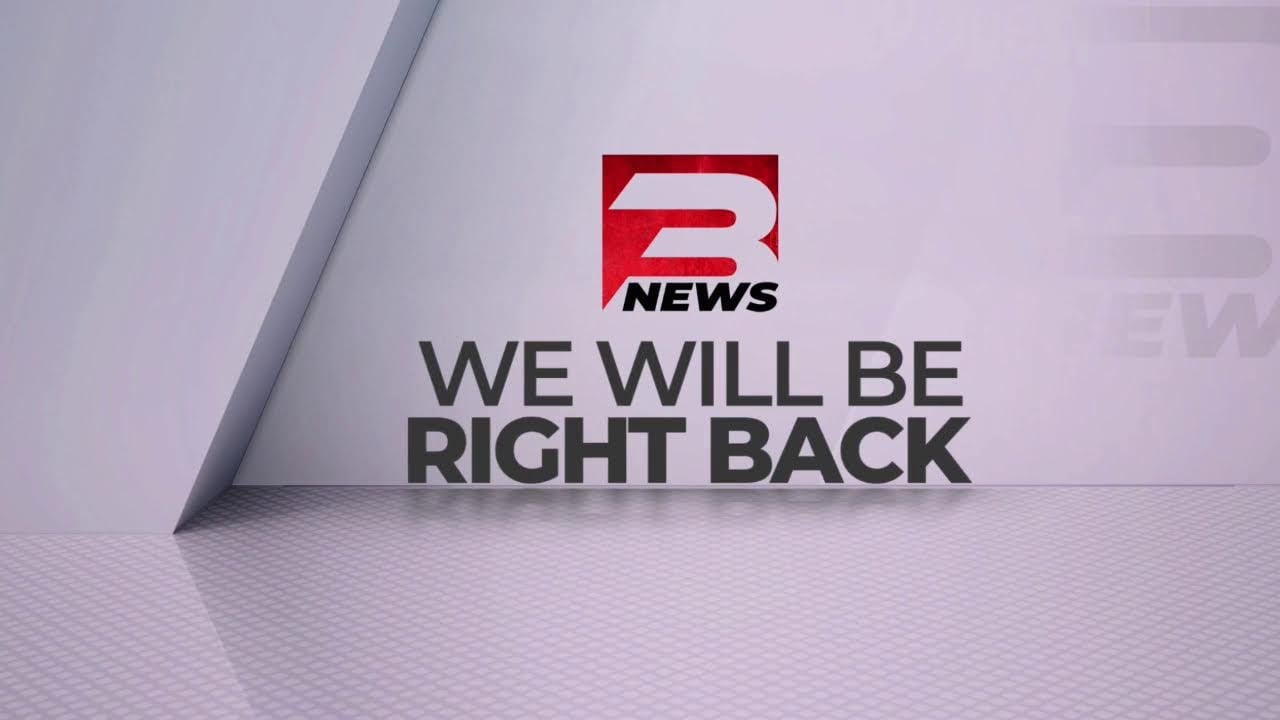
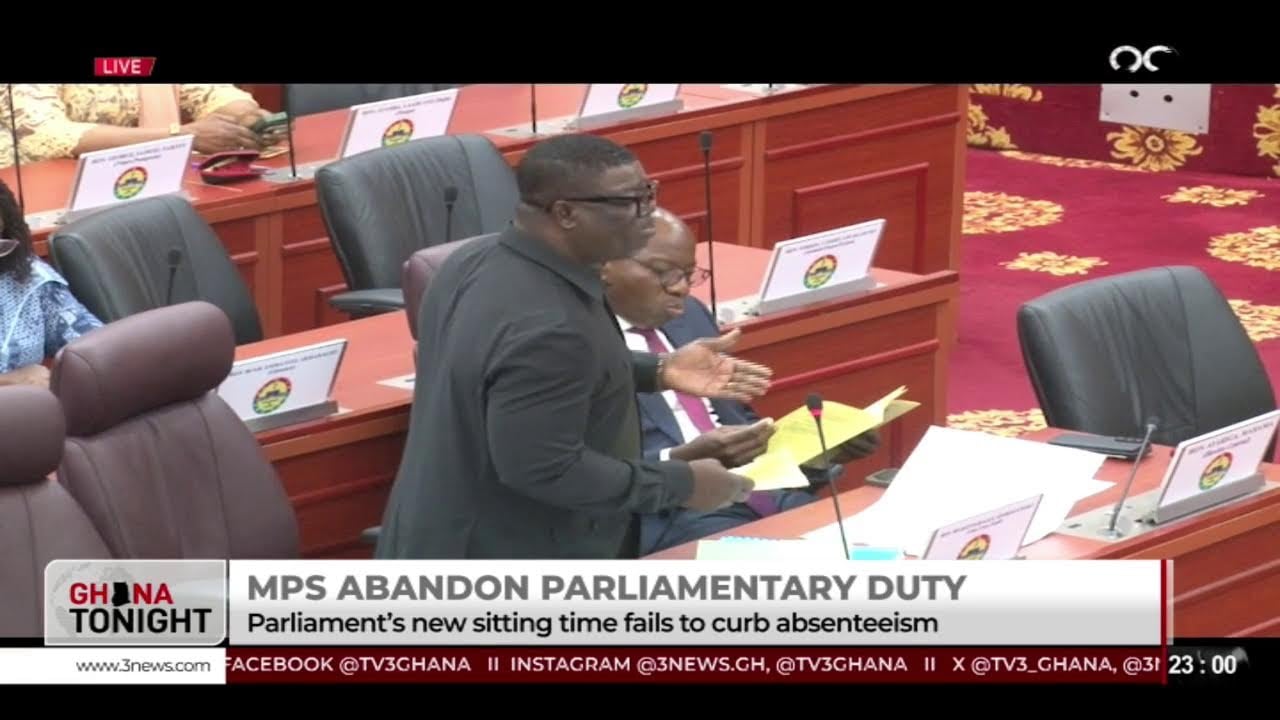
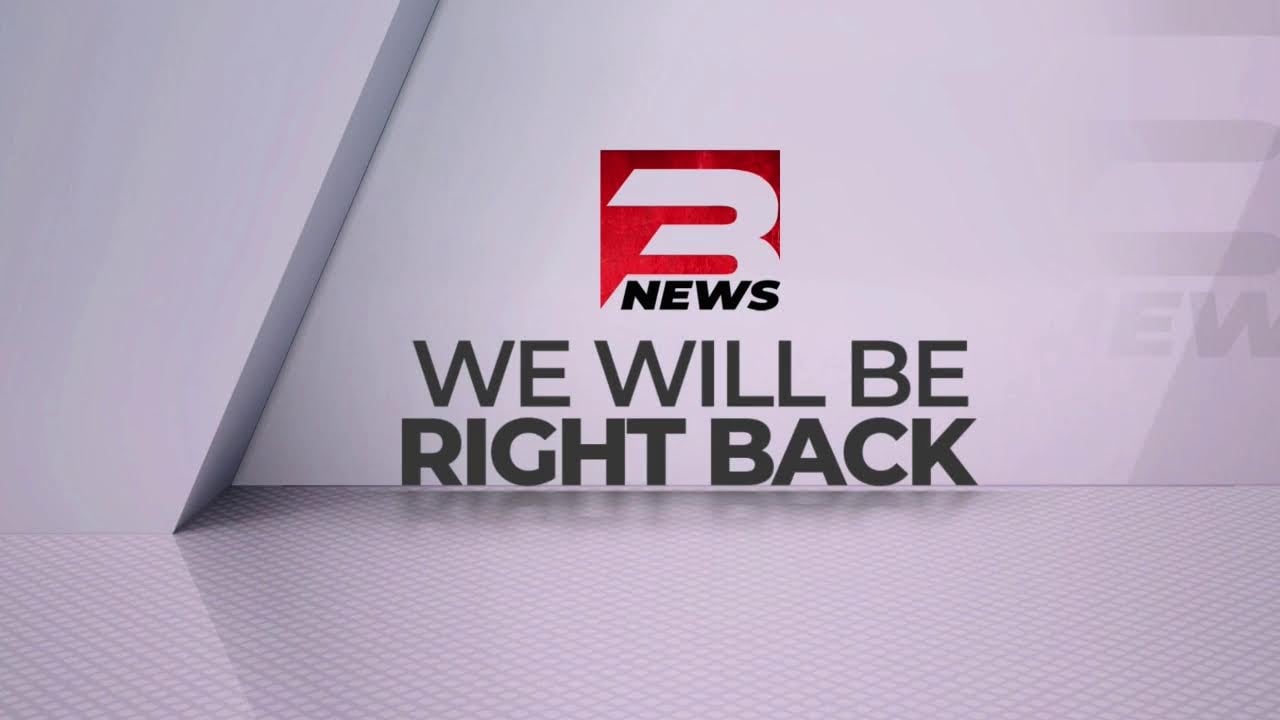





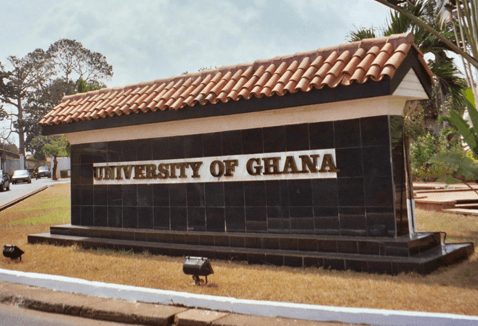








Facebook
Twitter
Pinterest
Instagram
Google+
YouTube
LinkedIn
RSS